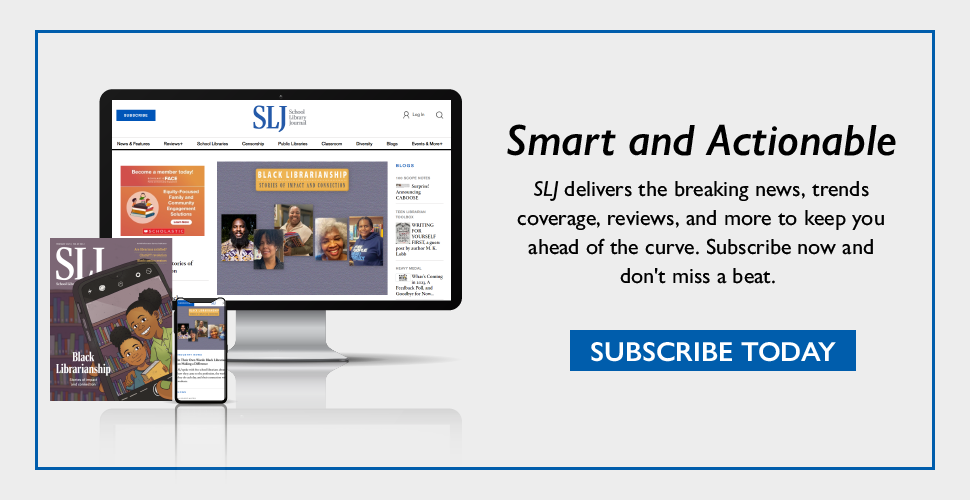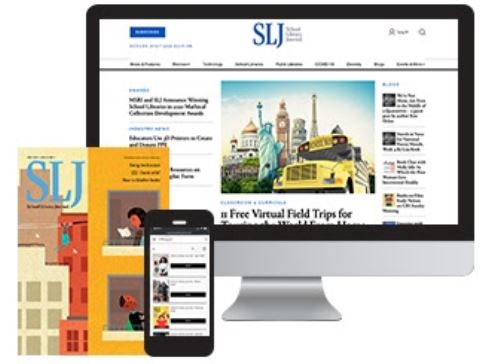2018 School Spending Survey Report
Wisconsin District Successfully Appeals for Maker Spaces in Every School Library
In a time when library funding is in short supply, the availability of a $17,200 grant was something of a rare opportunity for the Wauwatosa, WI school district.

A recess-time design challenge at Longfellow Middle School. The voluntary activity served as a teaser of what kids can look forward to come fall. Photo by C.T. Kruger
Maker spaces have finally made their way into Wauwatosa, WI, school district libraries. The creativity-harnessing environments were made possible by an educational grant furnished by the nonprofit organization, the Education Foundation of Wauwatosa (EFW). To raise their grant funds, EFW conducted mailing campaigns and hosted a semiformal black-and-white catered affair and an event at the city zoo.A long shot at the start
In a time when school funding and, especially, money earmarked for library resources, is in short supply, the availability of a $17,200 grant was something of a rare opportunity for the school district. “It was something that usually isn’t done, like a blanket funding request,” says Longfellow Middle School library media specialist Tracy Eccles. “But we thought we’d give it a try, because we know that ultimately, maker spaces in our libraries benefit all students in our district.”Making it happen
In order to make the plan to install maker spaces in each and every district school a reality, a highly detailed, comprehensive, and compelling grant proposal was necessary. From October 2015 through January 2016, Eccles and fellow library media specialists—Jan Donahou, Jenny Odau, Sarrah Oliver and Jane Storts—worked on the grant application. They outlined why they believed maker spaces are an effective tool for fostering the imaginations of the students they served. Eccles also pointed to the growing popularity of maker spaces in libraries across the country during recent years. In the project summary, Eccles described maker spaces as “an innovative space in libraries where students have access to materials and supplies that foster creativity and imagination.” The project’s benefits to students included bullet points such as multiple learning styles, 21st-century skills, and entrepreneurship. Some of the notable specific items requested included Makey-Makeys (kits that turn household objects into touchpads), Spheros (an app-enabled robotic ball), Cubelets (robot blocks) and Raspberry Pi (credit card-sized computer) starter kits. The plan was to integrate the maker spaces into current library spaces, so the grant money was needed primarily for the acquisition and set up of materials. The intended projects—and, thus, the materials purchased—will run the gamut, from knitting to coloring to coding, with options getting more complex in higher grades.A challenge surmounted
At first, Eccles found it difficult to convey her vision for the project. But her determination to pique EFW’s interest in what she wanted to do spurred her on. “Some deep thinking we had to do was to ask: ‘Is it feasible? Is it viable? How do we create something that we know our kids are going to come and use and really benefit from in a way that they’re not getting in their classroom?’” Eccles recalled.The end result
In order to keep the grant-ranking process fair, EFW president Mary Phillips entrusts a group consisting of a representative cross section of the community. Included among the delegates are retired teachers, city council members, business owners, and parents. Phillips praised the grant’s ability to serve students of all ages, in a school district of more than 6,000 students. “We’ve never had one grant that encompassed the whole school district. So for that many kids to have access to this…it was really something that I think the board as a whole found to be incredibly appealing,” says Phillips. “It’s also an interesting concept,” she continued. “We’ve been talking at a district level about 20th-century learning and this kind of followed along with that. It’s not a traditional classroom setting way of learning, it’s more of a group type of creative thinking, of strategy and processing.” Without EFW, it would have been difficult to procure funds from other sources, concedes Eccles. “Our plan is to try to get more funding in the future from other local sources, such as businesses,” she says. But for now, every school library in the Wauwatosa School District will be equipped with a maker space for the 2016-17 school year. Some teachers are already talking about incorporating their school’s maker space into lesson plans.RELATED
RECOMMENDED
CAREERS
The job outlook in 2030: Librarians will be in demand
CAREERS
The job outlook in 2030: Librarians will be in demand
ALREADY A SUBSCRIBER? LOG IN
We are currently offering this content for free. Sign up now to activate your personal profile, where you can save articles for future viewing






Add Comment :-
Be the first reader to comment.
Comment Policy:
Comment should not be empty !!!